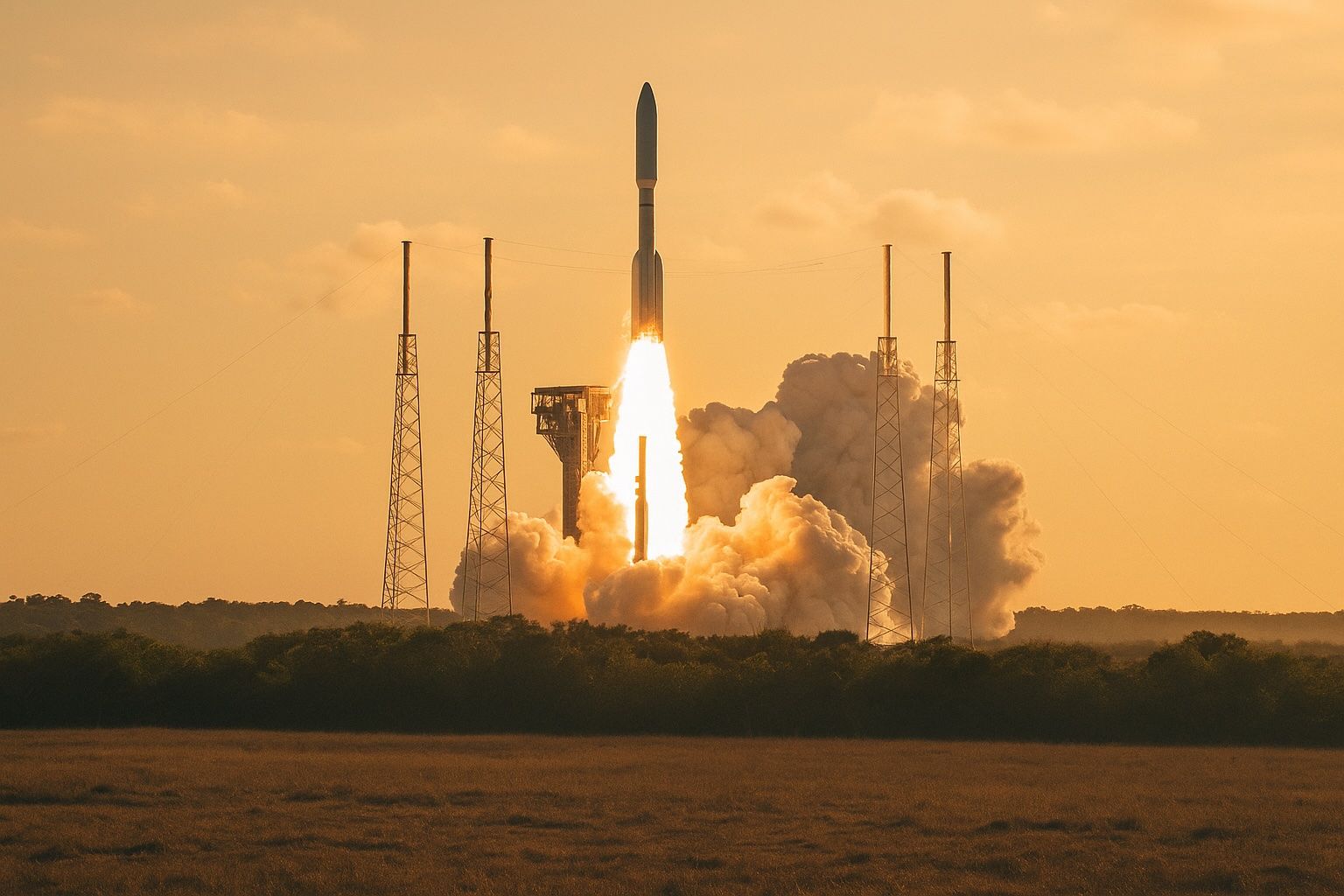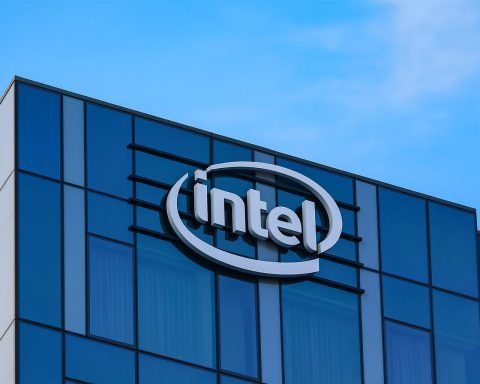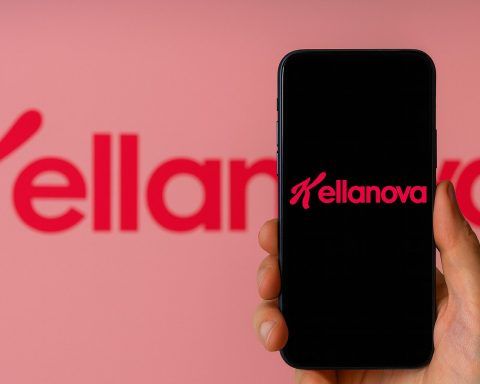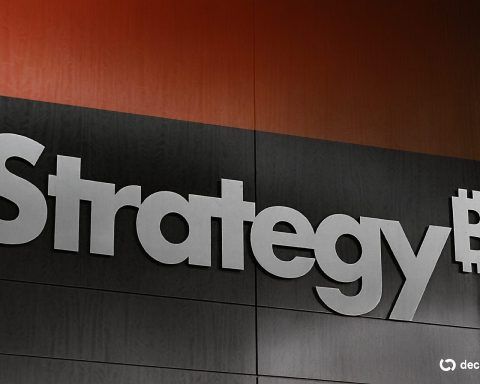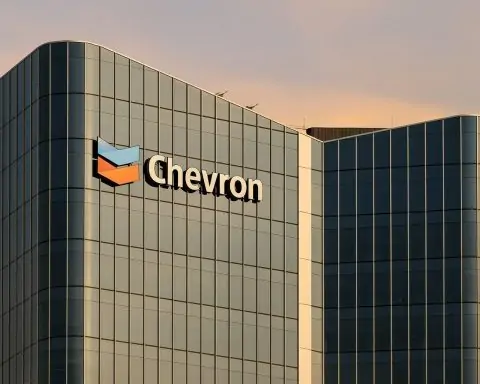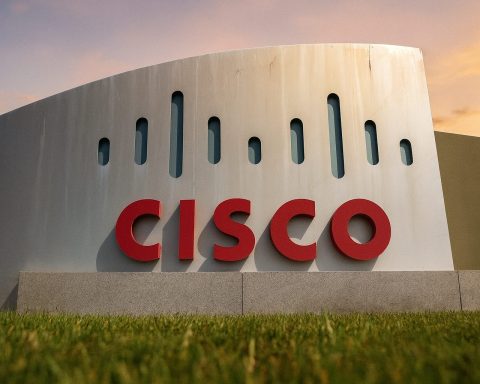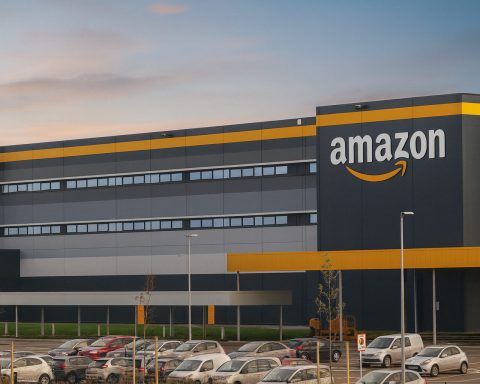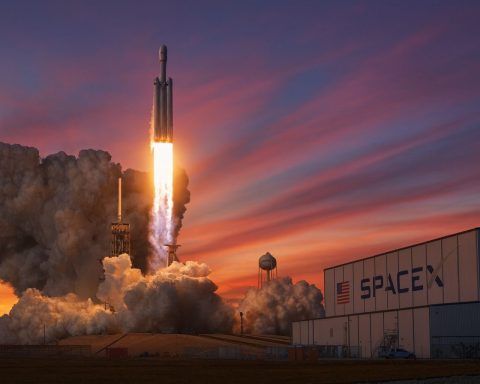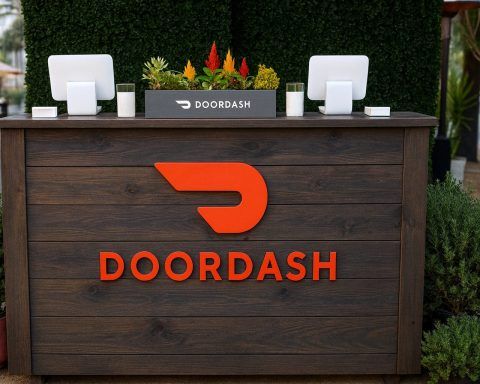- On 23 June 2025, a United Launch Alliance Atlas V launched 27 Kuiper satellites from Cape Canaveral into a 450 km parking orbit, bringing Amazon’s on‑orbit Kuiper fleet to 54 operational satellites plus two de‑orbiting prototypes.
- The Atlas V mission is the second of eight Kuiper flights on that rocket, with ULA set to fly 44 Kuiper missions in total (6 more Atlas V plus 38 Vulcan), delivering more than half of the 3,236-satellite constellation.
- Amazon’s 172,000 ft² Kirkland, WA factory can mass‑produce up to five Kuiper satellites per day, reducing individual test times from months to days.
- Amazon has booked 38 Vulcan, 18 Ariane 6, 12 New Glenn (plus 15 options) and 3 Falcon 9 flights, for more than 80 launch contracts—the largest commercial launch deal ever signed.
- Amazon says it will start beta service before the end of 2025, as launch tempo accelerates in the second half of the year.
- The FCC license requires Amazon to have 50% of the constellation operational by 30 July 2026; failure could reduce its authorization, though extensions are possible.
- Starlink has about 5 million paying customers as of March 2025 and is projected to generate roughly $11.8–$12.3 billion in 2025 revenue.
- Analysts question Starlink’s $350 billion valuation, with Tim Farrar doubting sustainability and Pierre Lionnet warning the maximum addressable market may be only 15–20 million customers.
- The global satellite‑internet market is projected to grow from $2.24 billion in 2023 to $8.03 billion by 2032, a 15% CAGR.
- The 2026 deadline means 1,618 Kuiper satellites must be operational or Amazon must secure an FCC extension.
Amazon’s second batch of Project Kuiper satellites roared into orbit on 23 June 2025, moving Jeff Bezos one giant step closer to challenging Elon Musk’s Starlink dominance. The launch doubles Kuiper’s on‑orbit fleet to 54 craft, jump‑starts an aggressive cadence of more than 80 contracted launches, and starts a 12‑month sprint toward limited customer service by year‑end 2025—just in time to meet a looming U.S.‑regulatory deadline. Meanwhile, Starlink has crossed five million users and is racing toward $12 billion in annual revenue, but faces valuation doubts, spectrum fights and rising geopolitical push‑back. Below is a deep dive into the facts, the numbers, and what experts say comes next.
1. The Week’s Big Milestone: Kuiper KA‑02 Launch
- Launch details. A United Launch Alliance (ULA) Atlas V lifted 27 Kuiper satellites from Cape Canaveral at 06:54 ET on 23 June, successfully deploying them into a 450 km parking orbit. [1] [2]
- Fleet status. Amazon now has 54 operational satellites plus two de‑orbiting prototypes, enough to begin internal network tests. [3]
- ULA’s role. The Atlas V launch is the second of eight Kuiper missions reserved on that rocket; ULA will ultimately fly 44 Kuiper missions (6 more Atlas V plus 38 Vulcan flights), delivering “more than half of the 3,236‑satellite constellation”, ULA vice‑president Gary Wentz said in a news release. [4]
2. Amazon’s Roadmap to Rival Starlink
2.1 Manufacturing & Launch Cadence
- Five satellites per day. Amazon’s 172,000 ft² Kirkland, WA, factory can mass‑produce up to five Kuiper satellites daily, cutting individual test‑times from months to days. [5]
- 80+ launch contracts. Amazon has booked 38 Vulcan, 18 Ariane 6, 12 New Glenn (plus 15 options) and three Falcon 9 flights—in the largest commercial launch deal ever signed. [6] [7]
- Service timeline. Amazon says it will start beta service “before the end of 2025,” once launch tempo accelerates in the second half of this year. [8]
2.2 Network Architecture & Customer Hardware
| Feature | Kuiper | Starlink (today) |
|---|---|---|
| Planned satellites | 3,236 | ~42,000 |
| In‑orbit (Jun 2025) | 54 | ~7,100 |
| User‑terminal tiers | 100 Mb/s mini, 400 Mb/s standard, 1 Gb/s enterprise | 25–150 Mb/s standard, 1 Gb/s business |
| Target hardware price | < $400 | $599+ |
| Sources: Project Kuiper FAQ, Tom’s Guide, 5GStore [9] [10] [11] |
2.3 Regulatory Clock
- The FCC license requires Amazon to have 50 % of the constellation operational by 30 July 2026; failure could reduce its authorization. [12] [13]
- Analysts note Amazon is “about a year behind schedule,” but the FCC can grant extensions if delays are outside the company’s control. [14]
3. Starlink’s Head Start—and Its Growing Headaches
| 2024‑25 Metric | Value |
|---|---|
| Satellites in orbit | ~7,100 [15] |
| Paying customers (Mar 2025) | 5 million [16] |
| Expected 2025 revenue | $11.8 – $12.3 billion (Quilty Space) [17] [18] |
| Implied valuation | $350 billion private‑market trades [19] |
Yet critics question whether that valuation is sustainable:
- Tim Farrar, independent telecom analyst: “I don’t think Starlink as it exists today … is going to support that sort of valuation.” [20]
- Pierre Lionnet, Eurospace economist, warns the maximum addressable market may be only 15‑20 million customers worldwide. [21]
3.1 Emerging‑Market Hurdles
- In India—a potential $25 billion market—Starlink is still waiting on final licenses despite deals with Reliance Jio and Bharti Airtel. [22]
- Political controversies have cost Starlink contracts in Ontario and Italy, observers note. [23]
4. Market Outlook & Competitive Field
- The global satellite‑internet market is projected to grow from $2.24 billion in 2023 to $8.03 billion by 2032 (15 % CAGR). [24]
- Beyond Starlink and Kuiper, players include OneWeb/Eutelsat, China’s 15,000‑satellite SpaceSail, and regional LEO initiatives in the EU and Taiwan. [25] [26]
5. Voices From the Front Lines
“The success of our first full‑scale Kuiper mission in April meant we could move immediately to our next launch… Go Kuiper. Go Atlas.”
—Rajeev Badyal, VP Technology, Project Kuiper [27]
“Kuiper is the next big heavyweight to enter the arena… The goal now is to launch regularly and quickly enough to start a service.”
—Caleb Henry, Director of Research, Quilty Space [28]
“ULA… empowers Amazon’s mission to bridge the digital divide through reliable satellite technology.”
—Gary Wentz, VP Government & Commercial Programs, ULA [29]
“Starlink securing India would be both a strategic PR victory and a crucial test of its economic feasibility in emerging markets.”
—Davis Mathew Kuriakose, sat‑com specialist [30]
“It’s staggering numbers—Starlink revenue could jump 58 % to $12.3 billion next year.”
—Chris Quilty, Founder, Quilty Space [31]
6. What Happens Next?
| Timeline | Anticipated Event |
|---|---|
| Q3 2025 | First Kuiper launch on Vulcan and Ariane 6; New Glenn readiness updates [32] [33] |
| Q4 2025 | Kuiper beta service for select enterprise & government customers [34] |
| 2026 deadline | 1,618 Kuiper satellites must be operational or Amazon must secure an FCC extension [35] |
| 2025‑26 | Starlink targets 7–8 million users while fending off regulatory challenges in India, EU, Africa [36] [37] |
Bottom line: Amazon has finally shifted Project Kuiper from PowerPoint to orbit, but winning meaningful market share will require flawless high‑cadence manufacturing, novel user‑terminals under $400, and at least 30 launches in the next 12 months. Starlink’s head start is formidable, yet investor faith in a $350 billion valuation rests on sustaining explosive growth amid rising political and competitive crosswinds. For now, the battle for the sky—and for the next hundred billion dollars in broadband revenue—is officially on.
References
1. spacenews.com, 2. spaceflightnow.com, 3. spacenews.com, 4. newsroom.ulalaunch.com, 5. www.aboutamazon.com, 6. spacenews.com, 7. spaceflightnow.com, 8. spacenews.com, 9. www.aboutamazon.com, 10. www.tomsguide.com, 11. 5gstore.com, 12. spacenews.com, 13. docs.fcc.gov, 14. spacenews.com, 15. www.forbes.com.au, 16. www.forbes.com.au, 17. www.forbes.com.au, 18. finance.yahoo.com, 19. www.forbes.com.au, 20. www.forbes.com.au, 21. www.forbes.com.au, 22. www.reuters.com, 23. www.forbes.com.au, 24. www.globenewswire.com, 25. www.forbes.com.au, 26. www.reuters.com, 27. spaceflightnow.com, 28. www.datacenterdynamics.com, 29. newsroom.ulalaunch.com, 30. www.reuters.com, 31. www.forbes.com.au, 32. spacenews.com, 33. www.blueorigin.com, 34. spacenews.com, 35. docs.fcc.gov, 36. www.reuters.com, 37. www.reuters.com
